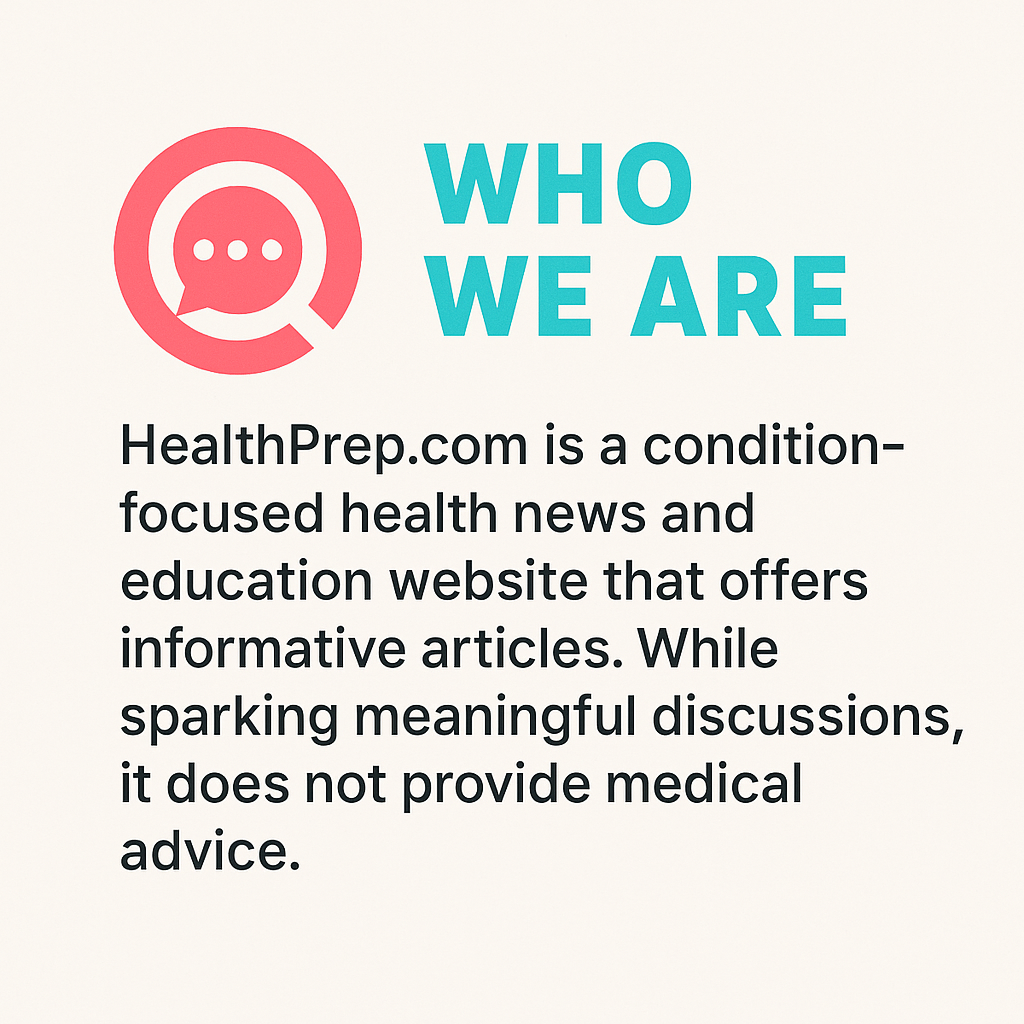10 Subtle Signs of Childhood Cancer Every Parent Should Never Ignore
Cancer in children, though rare, is a reality that can strike fear into the heart of any parent. Unlike adult cancers, childhood cancers often arise from non-modifiable genetic factors rather than lifestyle choices. This makes early detection crucial, as it often leads to better outcomes. Parents need to be aware of the subtle signs that can indicate a potential risk. However, these signs are often so subtle that they can easily be mistaken for common childhood ailments. This article aims to equip parents with the knowledge to discern these whisper signs, underscoring the importance of vigilance and proactive healthcare. Understanding childhood cancer risks involves recognizing that these diseases often manifest differently than in adults. While adults may experience symptoms that are more pronounced and tied to lifestyle factors, children's symptoms can be fleeting and easily overlooked. This makes it imperative for parents to become informed advocates for their children's health. By understanding the risk factors, potential genetic predispositions, and the importance of regular medical check-ups, parents can play a pivotal role in early detection.
1. Genetic Predispositions: The Inherited Whisper

Genetic predispositions play a significant role in childhood cancer, with certain inherited syndromes increasing a child's risk. Syndromes such as Li-Fraumeni, Neurofibromatosis, and Down syndrome are known to elevate cancer risk due to specific genetic mutations. Parents with a family history of these conditions should be particularly vigilant. Understanding the genetic background can help in early detection and intervention, which is crucial in managing potential cancer risks. Genetic counseling can provide insights into these risks, offering parents a clearer picture of what to watch for in their children. Moreover, advancements in genetic testing have made it possible to identify predispositions even before symptoms appear. This proactive approach allows for regular monitoring and early intervention, which can significantly improve outcomes. It's important for parents to discuss family history with healthcare providers to determine if genetic testing is appropriate. By understanding the genetic factors at play, parents can better prepare for and manage their child's health, ensuring that they are equipped to spot the early, subtle signs of potential issues.
2. Recognizing Unusual Patterns: Behavioral and Physical Changes

Children often exhibit a range of behaviors and physical changes as they grow, but certain patterns can be indicative of underlying health issues. Persistent fatigue, unexplained weight loss, and prolonged pain are subtle signs that may be linked to cancer. While these symptoms can be associated with less serious conditions, their persistence should not be ignored. Parents should maintain a detailed record of these symptoms, noting any patterns or changes over time. This information can be invaluable during medical consultations, helping healthcare providers make more informed assessments. Behavioral changes, such as a sudden decline in academic performance or loss of interest in activities, can also be red flags. These changes may signal that something is amiss, prompting further investigation. It's crucial for parents to trust their instincts and seek medical advice when they notice these subtle shifts. Early intervention can make a significant difference in outcomes, allowing for more effective treatment options. By staying attuned to their child's behavior and physical health, parents can act swiftly when necessary.
3. The Role of Environmental Factors: Hidden Dangers
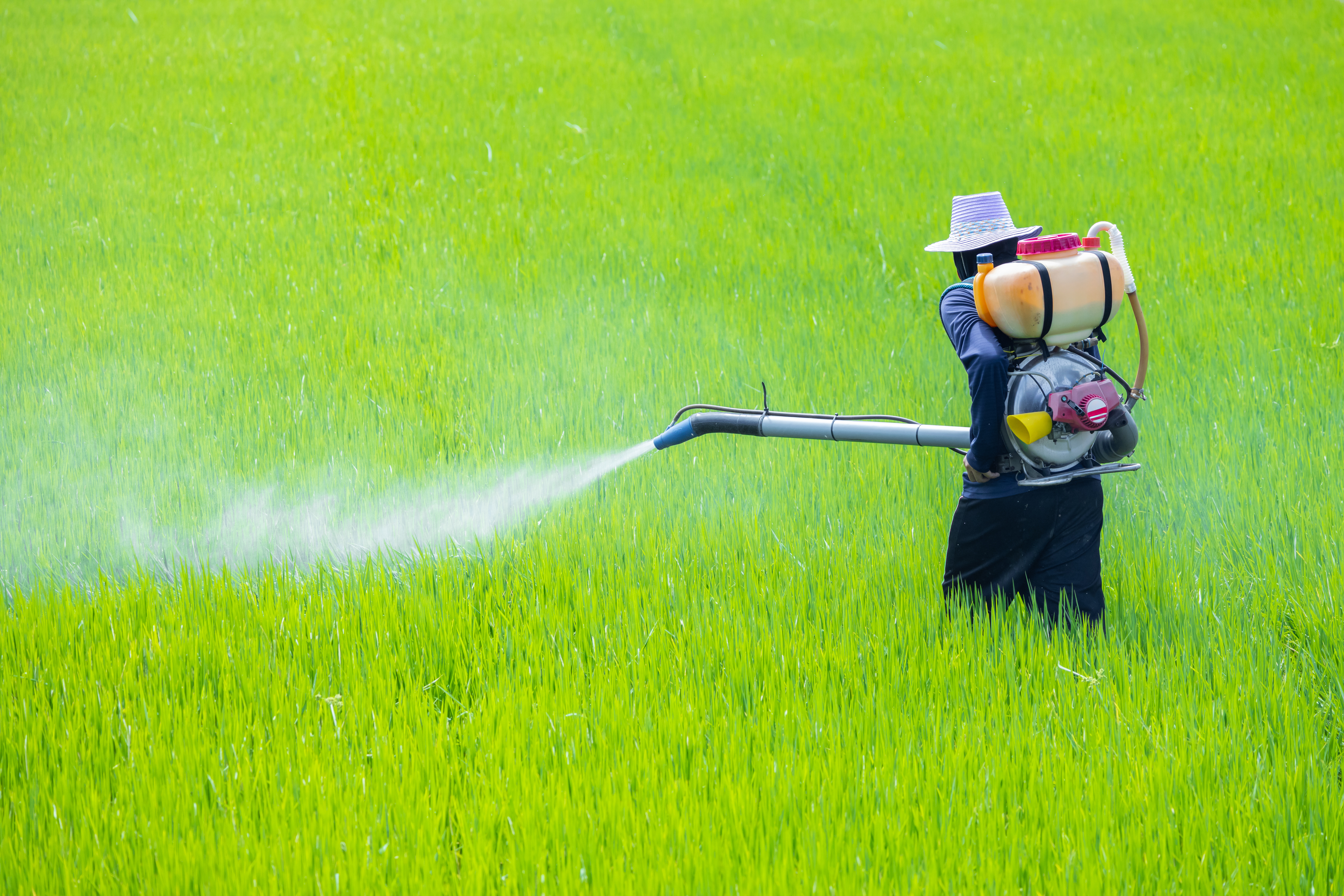
Environmental factors can contribute to childhood cancer risks, with exposure to certain chemicals and pollutants being a concern. Parents should be aware of potential hazards in their surroundings, such as secondhand smoke, pesticides, and industrial pollutants. These environmental toxins can have a cumulative effect on a child's health, potentially increasing cancer risk. It's important for parents to advocate for a safe living environment, minimizing exposure to harmful substances whenever possible. This may involve making lifestyle changes, such as using natural cleaning products and ensuring proper ventilation in the home. Additionally, parents should be mindful of the impact of radiation exposure, particularly from medical imaging procedures. While necessary in some cases, excessive exposure to radiation can increase cancer risk. Parents should discuss the necessity and frequency of such procedures with healthcare providers, weighing the benefits against potential risks. By understanding and mitigating environmental factors, parents can reduce their child's exposure to potential carcinogens, contributing to a healthier environment and lowering cancer risk.
4. The Importance of Regular Check-Ups: Proactive Health Monitoring
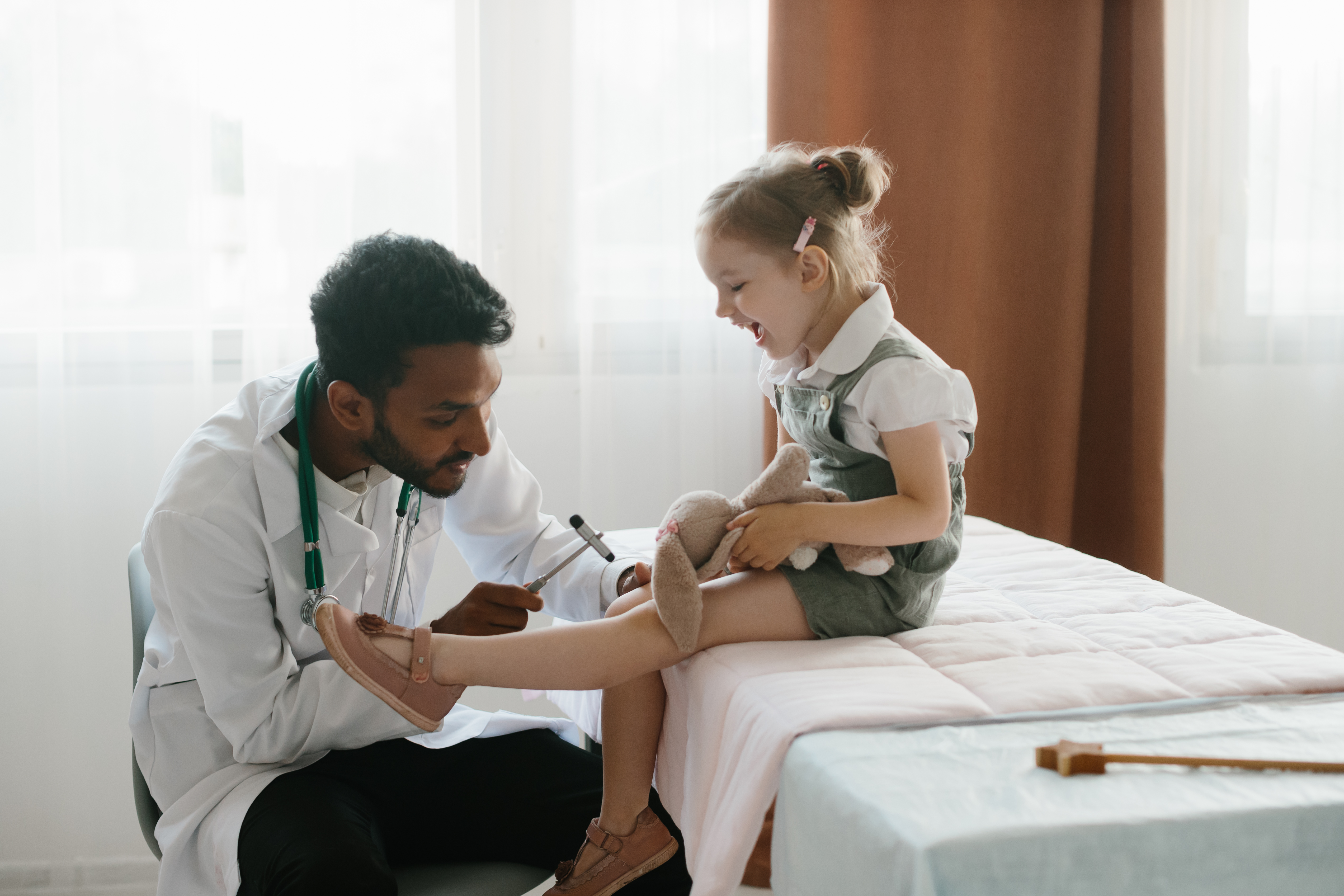
Regular medical check-ups are a cornerstone of proactive health management, offering an opportunity for early detection of potential issues. Pediatricians are trained to recognize signs that may not be apparent to parents, making routine visits essential. During these check-ups, healthcare providers can monitor growth, development, and any unusual symptoms, providing a comprehensive assessment of a child's health. Parents should ensure that their child receives all recommended screenings and vaccinations, as these are vital components of preventive care. In addition to traditional check-ups, parents should consider specialized screenings if their child is at increased risk for certain cancers. This may include blood tests, imaging studies, or genetic testing, depending on the child's medical history and family background. By maintaining a schedule of regular medical visits, parents can ensure that any potential issues are identified and addressed promptly. This proactive approach not only aids in early detection but also fosters a strong partnership between parents and healthcare providers, enhancing the overall care of the child.
5. Understanding Symptom Overlap: When Common Ailments Mask Serious Conditions

Many symptoms of childhood cancer overlap with common childhood illnesses, making it challenging for parents to discern when to seek further medical evaluation. Conditions such as colds, flu, and viral infections can present with symptoms like fever, fatigue, and swollen lymph nodes, which are also common in some cancers. This symptom overlap can lead to misdiagnosis or delayed diagnosis, underscoring the importance of vigilance. Parents should be attuned to the duration and severity of symptoms, as well as any accompanying unusual signs. When symptoms persist beyond the typical duration of common illnesses or are accompanied by additional concerning signs, such as unexplained bruising or night sweats, further investigation is warranted. Keeping a symptom diary can help parents track the progression of symptoms, providing valuable information to healthcare providers. By understanding the potential for symptom overlap, parents can better navigate the complexities of childhood health, ensuring that serious conditions are not overlooked.
6. The Subtle Signs of Specific Cancers: A Closer Look
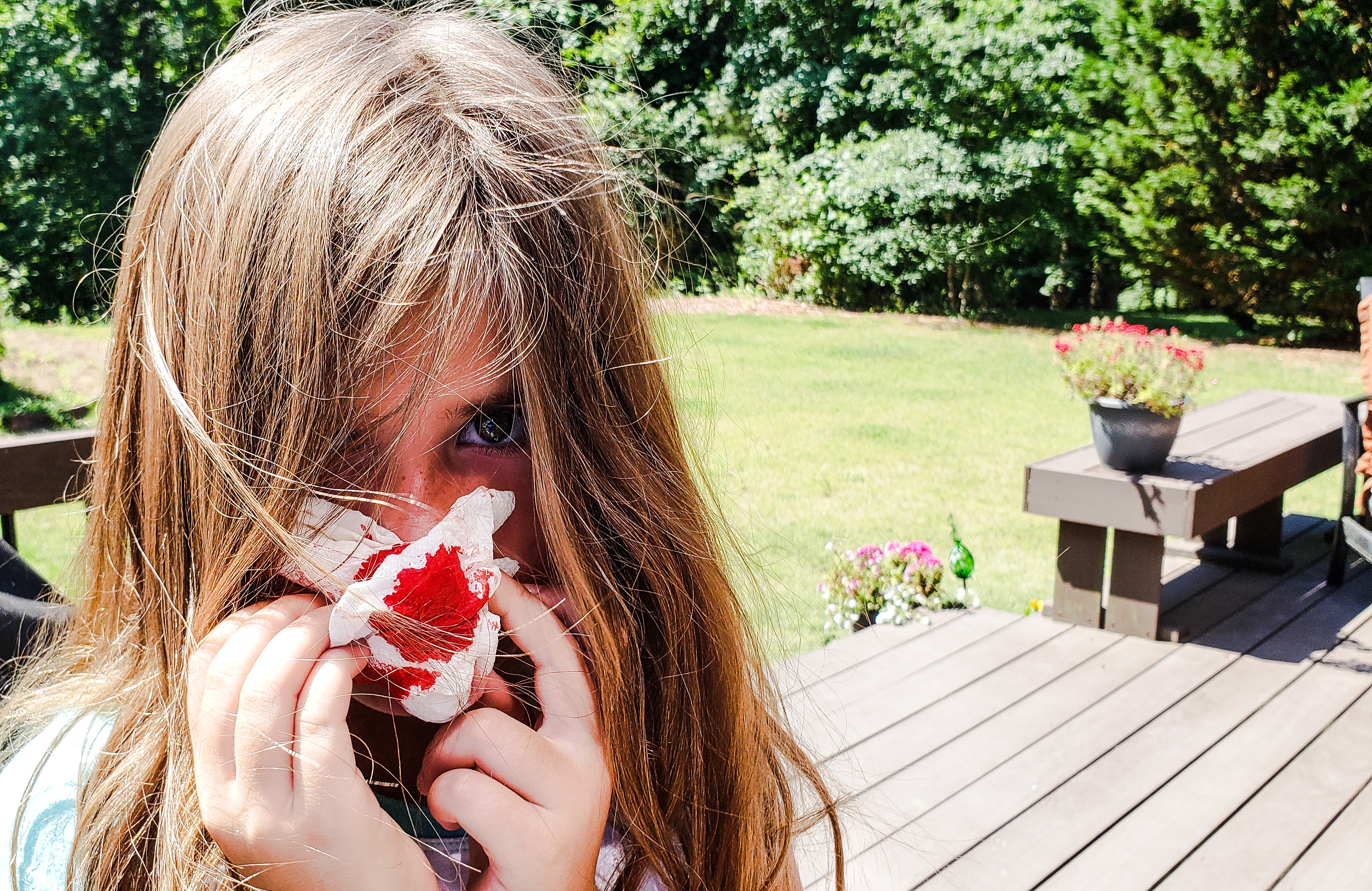
Different types of childhood cancers present with unique signs and symptoms, requiring parents to be aware of specific indicators. Leukemia, for example, may present with symptoms such as frequent infections, bone pain, and unusual bleeding. Brain tumors can cause headaches, vision changes, and balance issues. Lymphomas may lead to swollen lymph nodes, night sweats, and unexplained weight loss. By familiarizing themselves with the signs specific to different cancers, parents can be more alert to potential issues. It's important for parents to understand that these signs can be subtle and may develop gradually. Early detection often hinges on recognizing these signs and seeking medical advice promptly. Parents should not hesitate to consult with healthcare providers if they notice any concerning symptoms, as early intervention can significantly improve outcomes. By being informed about the specific signs of various childhood cancers, parents can play an active role in safeguarding their child's health.
7. Psychological Impact on Families: Navigating the Emotional Terrain
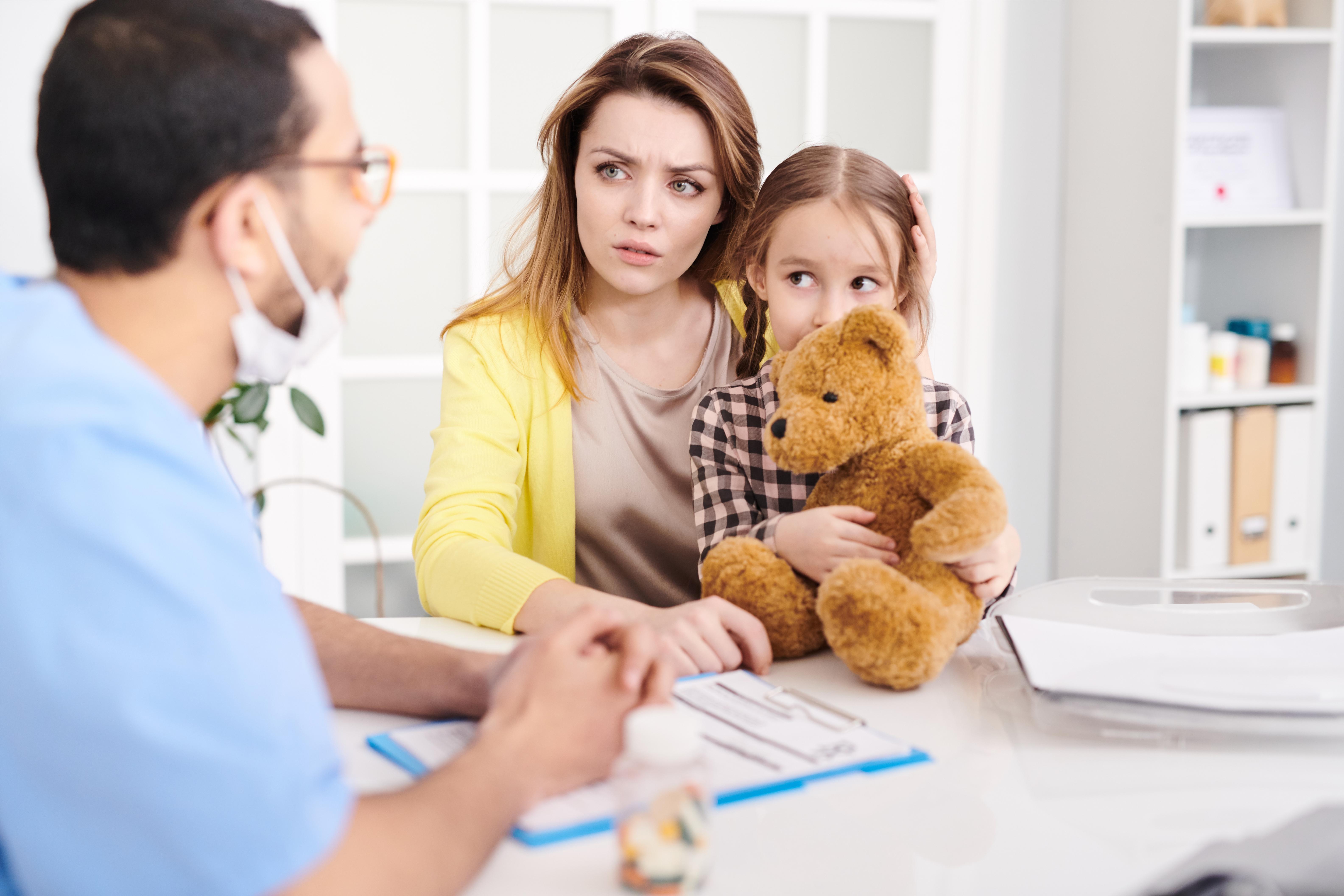
The possibility of childhood cancer can have a profound psychological impact on families, creating an emotional terrain that is challenging to navigate. The fear and anxiety associated with potential health risks can be overwhelming, affecting both parents and children. It's important for families to have access to psychological support, which can help them cope with the stress and uncertainty. Counseling and support groups can provide a safe space for families to express their fears and concerns, fostering resilience and emotional well-being. Parents should also be mindful of the impact on siblings, who may experience feelings of neglect or anxiety. Open communication within the family can help address these feelings, ensuring that all members receive the support they need. By acknowledging and addressing the psychological impact of potential health risks, families can strengthen their emotional bonds and better navigate the challenges they may face. This holistic approach to health encompasses both physical and emotional well-being, ensuring comprehensive care for the entire family.
8. Building a Support Network: Community and Resources

Building a strong support network is crucial for families navigating the complexities of childhood cancer risks. This network can include healthcare providers, family, friends, and community resources. Parents should seek out organizations and support groups that specialize in childhood cancer, as they can provide valuable information and assistance. These resources can offer guidance on everything from medical care to financial assistance, helping families manage the practical aspects of care. In addition to formal support, informal networks of family and friends can provide emotional support and practical help. Whether it's assisting with childcare, providing meals, or simply offering a listening ear, these connections can make a significant difference. By cultivating a robust support network, families can access the resources and assistance they need, alleviating some of the burdens associated with potential health challenges. This support not only benefits the child but also strengthens the family's ability to cope with adversity.
9. Advocacy and Awareness: Empowering Parents and Communities
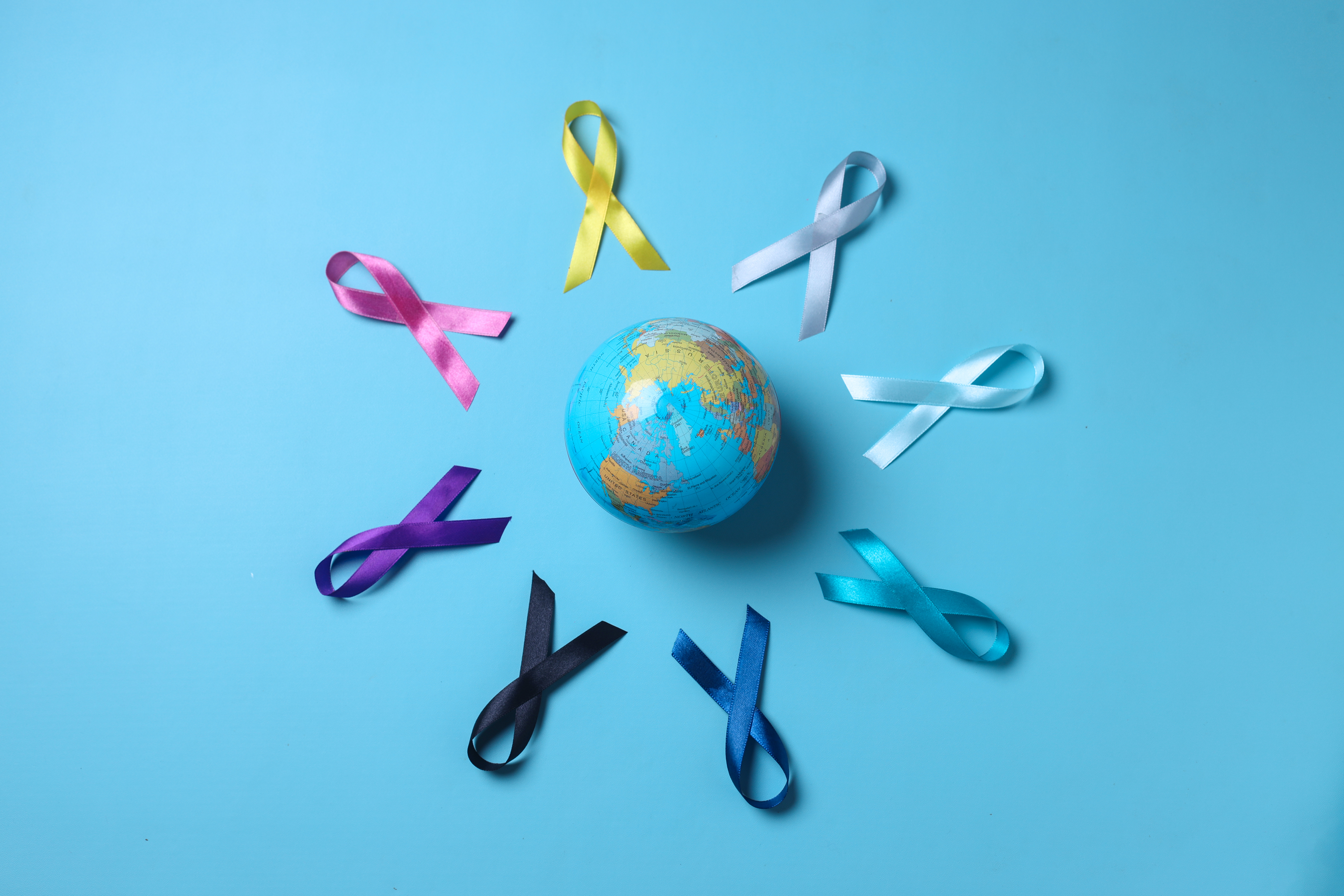
Advocacy and awareness are powerful tools in the fight against childhood cancer. Parents can play an active role in raising awareness within their communities, helping to educate others about the signs and risks of childhood cancer. By sharing their knowledge and experiences, parents can empower others to be vigilant and proactive in their children's healthcare. Community events, social media campaigns, and educational workshops are just a few ways to spread awareness and foster a culture of health consciousness. Parents can also advocate for policy changes and increased funding for childhood cancer research. By joining forces with advocacy groups, parents can amplify their voices, calling for improvements in healthcare access and support for affected families. This advocacy not only benefits individual families but also contributes to broader societal change, enhancing the overall landscape of childhood cancer care. Through awareness and advocacy, parents can make a meaningful impact, driving progress and hope for future generations.
10. Trusting Parental Instinct: When “Something Feels Off” Matters Most

One of the most powerful tools in early detection is a parent’s instinct. Time and again, stories emerge of parents who sensed that something wasn’t quite right—despite normal test results or reassurances—and pushed for further investigation, ultimately leading to life-saving diagnoses. This intuitive awareness, often dismissed as worry or overprotectiveness, should be valued as a critical component of pediatric care. Parents know their children best, and subtle changes in energy, behavior, or demeanor can be early signals that something deeper is happening. Trusting that inner voice—and acting on it—can make all the difference. Advocating for your child, asking questions, seeking second opinions, and pressing for further tests when necessary can be vital steps. By trusting your gut and refusing to be dismissed, you become your child’s most powerful ally in health and healing.
The Path Forward in Childhood Cancer Awareness
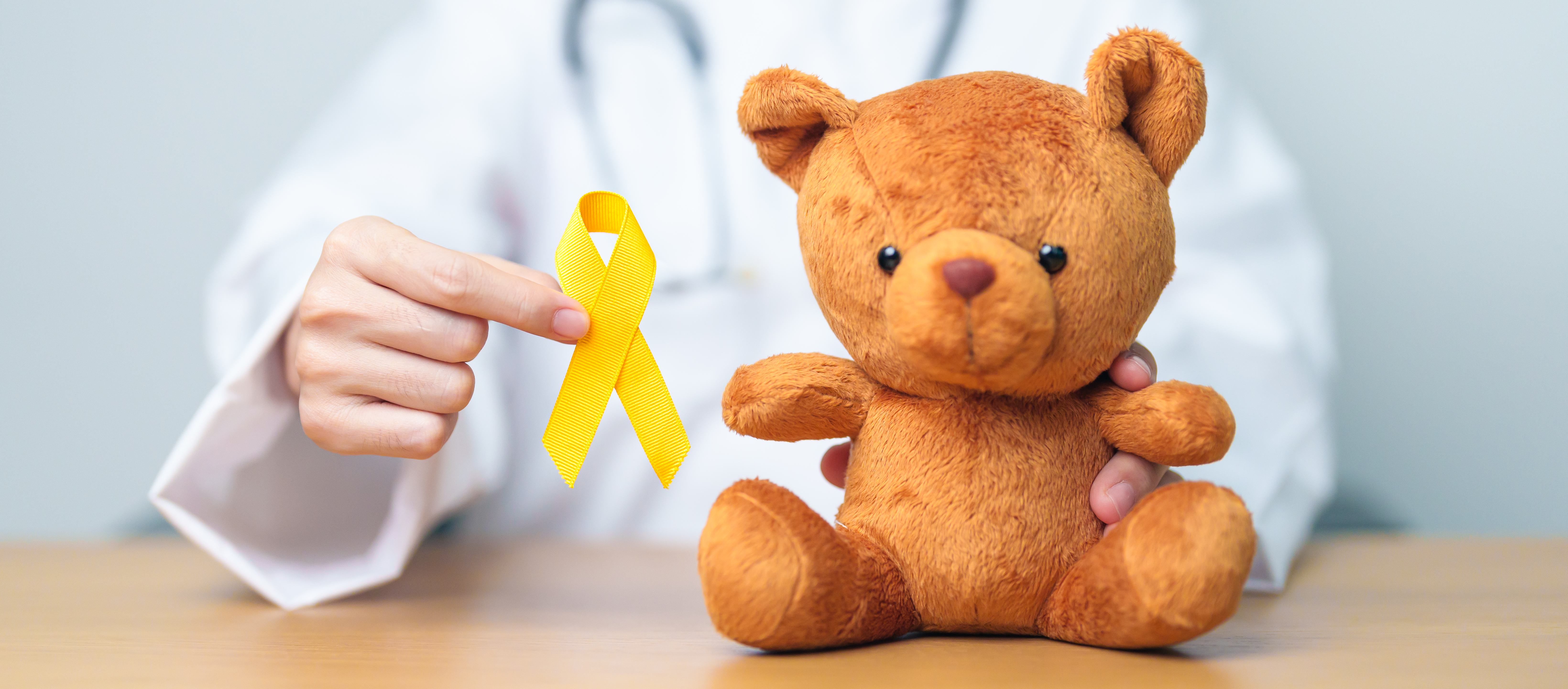
Spotting the subtle whisper signs of childhood cancer risks requires a comprehensive approach that encompasses genetic, environmental, and behavioral factors. Parents play a crucial role in early detection, armed with the knowledge and vigilance to recognize potential issues. By understanding the unique challenges of childhood cancer, parents can advocate for their children's health, ensuring that they receive timely and appropriate care. This journey involves not only medical vigilance but also emotional resilience and community support. The path forward in childhood cancer awareness is one of empowerment and collaboration. By building strong support networks, advocating for policy changes, and raising awareness, parents can drive meaningful change. This collective effort not only enhances individual outcomes but also contributes to a broader understanding of childhood cancer, paving the way for future advancements in care and treatment. As parents become informed advocates, they help create a world where childhood cancer is met with knowledge, compassion, and hope.
